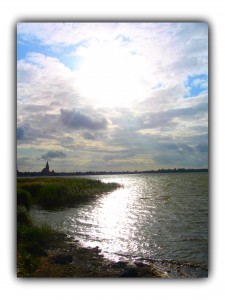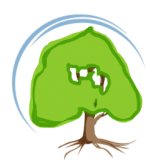 When the same thing or idea comes into my life in different forms at the same time, I know that it wants attention. Synchronisity like this can be subtle and needs some observational awareness, but it is usually worth it. This time around, synchronisity introduced a metaphor to me; the metaphor of “place” for soul: soul-purpose, soul-status, or simply soul.
When the same thing or idea comes into my life in different forms at the same time, I know that it wants attention. Synchronisity like this can be subtle and needs some observational awareness, but it is usually worth it. This time around, synchronisity introduced a metaphor to me; the metaphor of “place” for soul: soul-purpose, soul-status, or simply soul.
It started about two months ago when I came across a book by Bill Plotkin, Nature and the Human Soul. Plotkin, in introducing the definitions he is using in his book, writes:
“By soul, I mean a thing’s ultimate place in the world. […] By place, I mean not a geographical location but the role, function, station, or status a thing has in relation to other things. A thing’s place tells you how it fits in the world. […] A thing’s place corresponds to the set of relationships it has with other things in the world. […] A thing’s “ultimate place” is its place int he great scheme of things, its quintessential place in the world or the universe. Soul is that place that most centrally and comprehensively identifies a thing — a thing’s truest place.”1
Connecting ‘place’ and ‘soul’ this way makes sense to me in several ways. We all know that feeling of “home” when we connect to our truest and deepest self, our purpose, and thus really to our soul. But the metaphor also speaks to the ways in which the outer places from which we originate and in which we live seem to be mirrored in our souls. That is how the metaphor was brought back to mind a few weeks later.
In a conversation I remarked how the nature of the place we live in to some degree seems to shape who we are. Sometimes it is rather obvious: city folk are different from country people. Those living in warmer, southern climates are different from their northern relations. But look a bit closer and there are even more subtle difference. Anthroposophy speaks about the “Volksseele” — folk soul — and connects the differences in peoples’ folk souls to the different spiritual qualities arising from the geography and landscape they live in, e.g. Germany’s geography relates it to the element of earth; England’s geography connects it to the element of water; and one of Canada’s main features is the wide open sky, relating Canada to the element of air. Looking at the soul qualities of each nation, it would be easy to find those elementary qualities reflected there (not all individuals will fully or even partially reflect their folk soul; obviously this is just a tiny part of the whole we are).
So, place and soul may be connected also in the more literal meaning of the words. And that, too, resonates strongly with me. I often feel a strong resonance with particular landscapes and natural areas while others don’t really stir anything inside me. There seems to be a soul-calling that reaches us from the outer landscapes and awakens a corresponding vibration inside.
Then, yet a few weeks later, I picked up a book I have owned for over a year without ever really looking at it. A year ago it was one of those books that just jumped out at me one day. I have learned that, generally speaking, there is a good reason for it if books jump and so I bought it. It seemed to be speaking about like a nice little idea but it didn’t really grab me at the time. And so onto the shelf it went. Until last month.
The book is The Map: Finding the Magic and Meaning in the Story of Your Life by Colette Baron-Reid. It describes using the spaces and places of our inner life, our intuition, and the metaphors we use to help us ‘find’ ourselves and to move forward in life. By identifying the current ‘dry spell in our lives as ‘the barren desert’ which we have visited on several occasions before or by realizing that we are once again lost in the ‘dark forest’ where we ‘can’t see the forest for the trees’, we can more fully understand who we are, where our place (and thus, as per Plotkin, our soul) may be right now, and how we can get ourselves unstuck and moving / growing again. Struggles and confusion become even clearer opportunities for change.
And so, with all those messages falling into my lap, I started looking at my current place in the world. It’s an interesting endeavour to do so and it has brought my attention back to some of the essential and core things I know about myself. Of course, we are not always in exactly the same place in the world: our relationships change and we grow continually. But by identifying those places — inner and outer — that continuously draw me as well as those that over and again get me stuck or off the path I have chosen, I have been able to re-affirm the general direction of my life. I hope and trust that this way of looking at my soul’s journey will continue to offer that most useful of tools on any journey: a reliable map!
1 Bill Plotkin, Nature and the Human Soul, chapter 2, soul

